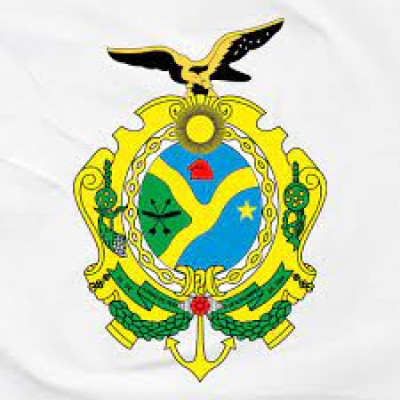Share
Print

Amazonas is one of the 27 federative units of Brazil. It is located in the North Region, being the largest state in the country in territorial extension, with an area of 1,559,167,878 km², constituting the ninth largest subdivision in the world, being larger than the areas of France, Spain, Sweden and Greece added up. It would be the sixteenth largest country in the world by land area, slightly larger than Mongolia. It is larger than the Northeast region, and larger than the South and Southeast regions combined, and is equivalent to 2.25 times the area of the US state of Texas.
The territory of Amazonas is covered in its entirety by the largest tropical forest in the world and has 98% of its area preserved. Combining its ecological potential with a business policy based on sustainability, the capital of Amazonas became the sixth largest economy in Brazil in 2018. Amazonas is the third largest gas producer in the country, through operations of Petrobras in the Urucu field, in Coari, connected to Manaus by a 660-kilometer gas pipeline cutting through rivers and forest. The hydrography of the state, however, is greatly influenced by several factors such as precipitation, vegetation and altitude. In general, the Amazonian rivers are navigable and form its largest transport network.
